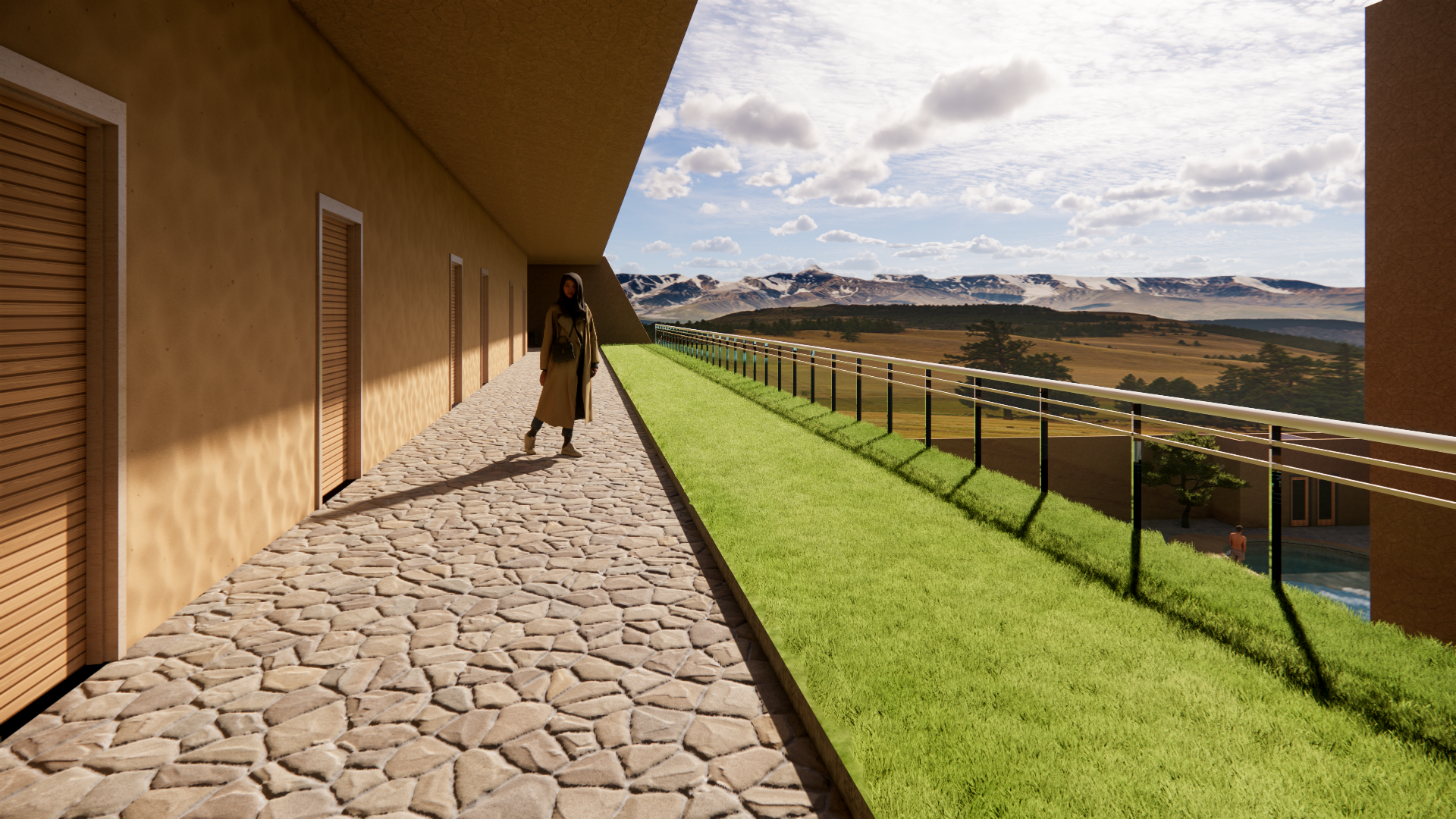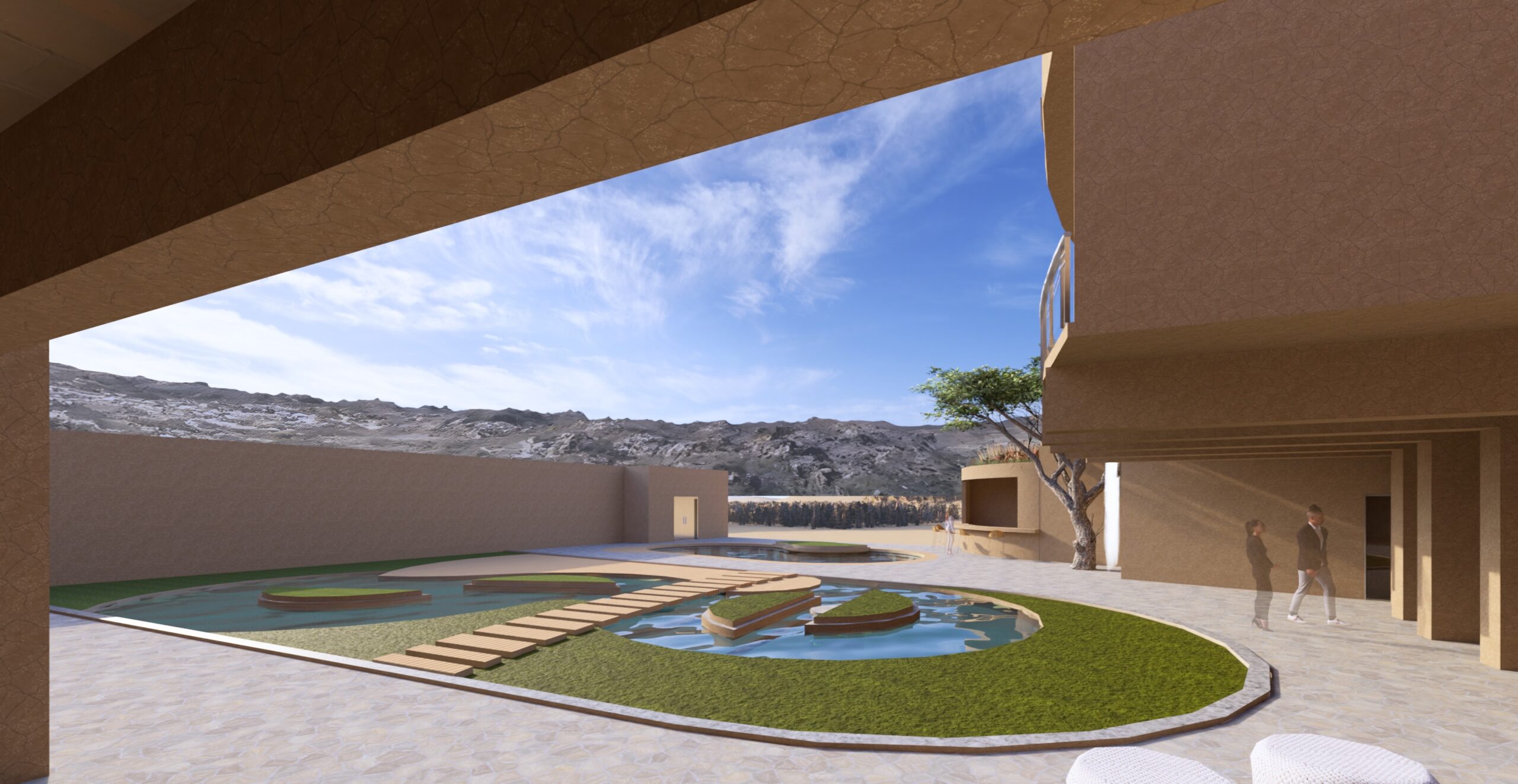Artist Biography
Sarah Hertzwig is a career-changing master’s student whose educational journey exemplifies ambition and adaptability. In March 2019, she earned her Bachelor of Arts in Science with a major in Legal Studies, graduating cum laude. After exploring her initial path, Sarah realized her deep-seated passion for design and architecture, prompting her bold decision to pivot her career direction.
Currently pursuing a Master’s Degree in Interior Architecture, Sarah is dedicated to merging her analytical background in legal studies with a creative and innovative approach to spatial design. Her unique educational foundation equips her with a diverse perspective, allowing her to thoughtfully approach design challenges with clarity, structure, and purpose. Sarah’s commitment to excellence and continuous growth positions her to excel in the dynamic field of interior architecture, where she aims to create meaningful, functional, and aesthetically inspiring spaces.
Thesis Abstract
This thesis explores the adaptive transformation of Gillette Stadium from a single-use entertainment venue into an integrated civic framework that serves the Foxborough community year-round. Traditionally activated only during sports and event seasons, the stadium’s underutilized infrastructure represents an opportunity to reimagine large-scale architecture as a platform for cultural, educational, and economic engagement.
Grounded in research on public space, stadium typologies, and community development, the project proposes a series of spatial interventions on the stadium’s north end — including a teen mentorship hub (“The Launch Pad”), a digital storytelling lab (“The Broadcast Studio”), a community-focused café (“The Fox and the Field”), and flexible pop-up zones for local art and markets. These additions are designed to be inclusive, adaptable, and generative, connecting Gillette Stadium with everyday civic life.
Through floor plans, sectional studies, renderings, and custom design elements, this thesis argues that event infrastructure can be re-storied as community infrastructure — woven into the urban fabric to support connection, visibility, and shared identity across generations.





